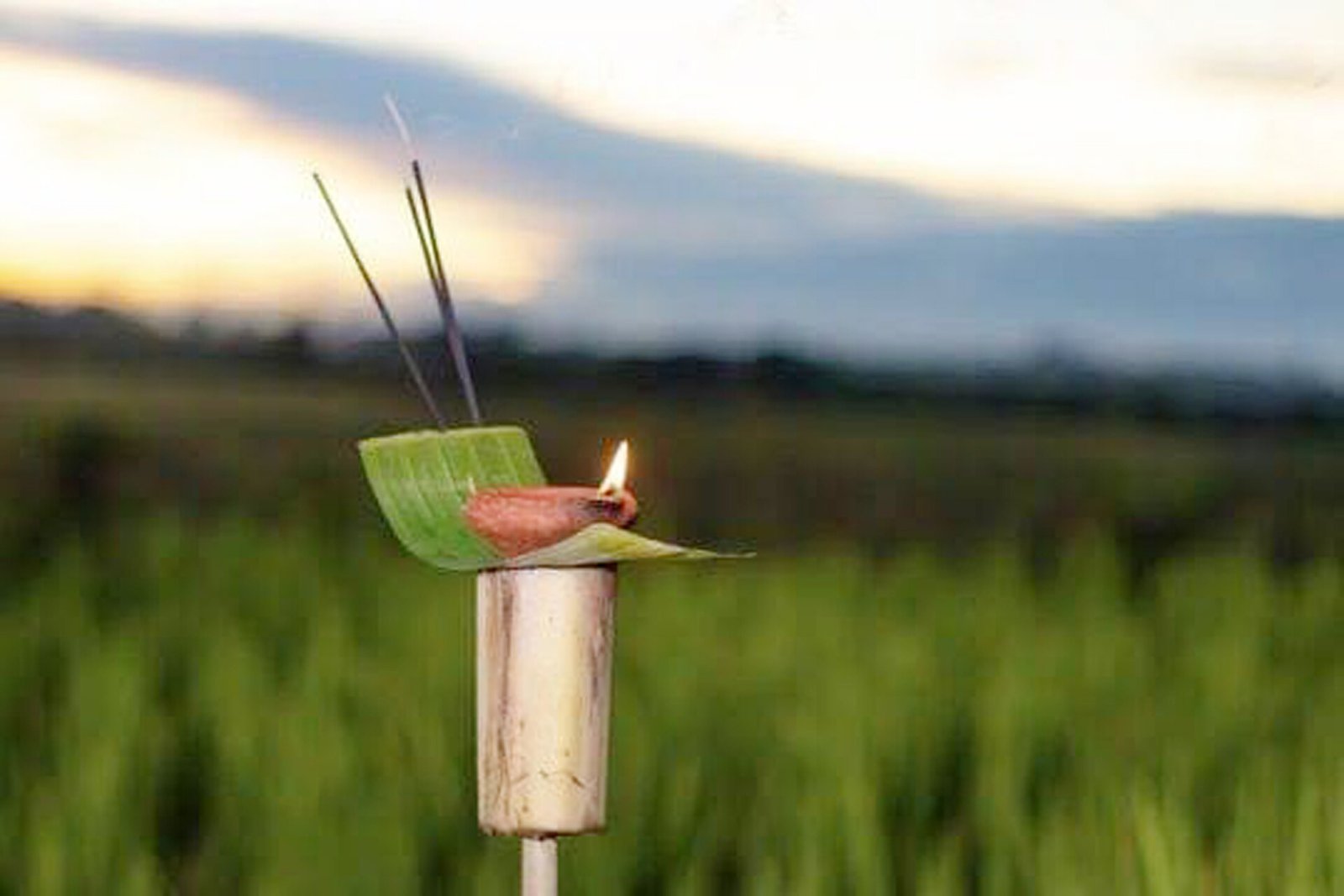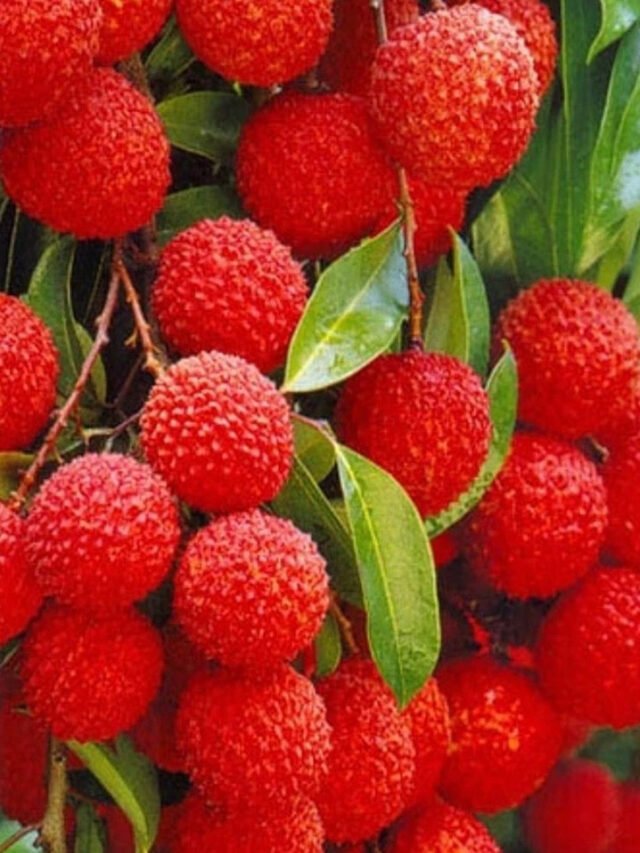By: Dipak Kurmi
Kati Bihu, also known as Kongali Bihu, is one of the three major Bihu festivals celebrated by the people of Assam. Unlike its more festive counterparts – Rongali Bihu (Bohag Bihu) and Bhogali Bihu (Magh Bihu) – Kati Bihu is observed with simplicity and solemnity. Celebrated in mid-October, during the Assamese month of Kati, it marks a critical time in the agricultural calendar when crops are still growing in the fields, and farmers face scarcity of food and resources. The word “Kongali” itself means “poor” or “scarcity,” reflecting the challenges faced by families during this period.
Agrarian Significance: Like the other two Bihus, Kati Bihu is deeply rooted in the agrarian culture of Assam. This Bihu is celebrated during the autumn season when farmers, having toiled through the year, are concerned about the health of their crops, particularly rice. The festival is seen as a time of prayer and hope, where farmers and their families solicit divine blessings for a good harvest. The celebrations are quiet, as the season is marked by scarcity in both food and money, with granaries running low until the next harvest.
Rituals of Reverence: One of the most important aspects of Kati Bihu is the worship of the Tulsi (basil) plant, which is considered sacred in Hinduism. Families prepare for the day by planting a Tulsi plant in an altar made of mud and water, and in the evening, they light earthen lamps, known as Saaki, around the plant as a form of offering. The prayers sung, particularly by children, invoke Goddess Lakshmi, the goddess of wealth and prosperity, asking for blessings on the crops and the household.
Another important ritual is the lighting of Akash Banti (sky lamps) in the paddy fields. These lamps are placed atop tall bamboo poles and are believed to ward off pests and protect the crops. Scientifically, these lamps attract insects that might harm the crops, which then perish in the flames, thus safeguarding the fields. There is also a traditional belief that these lamps light the way for the spirits of ancestors, who bless the crops from above.
Simplicity and Solemnity: Kati Bihu is marked by simplicity, as it is not a time of abundance but one of reflection. Unlike the grand feasts and joyous dances of Rongali and Bhogali Bihu, Kati Bihu is a time for families to come together in prayer, recognizing the realities of scarcity. The offering of light, particularly around the Tulsi plant and the paddy fields, symbolizes hope and the desire for a prosperous harvest in the coming months.
Cultural Importance: While Kati Bihu is quieter than the other Bihus, it holds significant cultural and religious importance for the Assamese community. The festival highlights the strong bond between the people and the land, emphasizing the agricultural roots of Assamese society. It is a time when farmers, despite the challenges of scarcity, express their faith in divine forces and their connection to the soil.
During this Bihu, some traditional foods like pithas and snacks are still prepared, though not on the same scale as during the more exuberant Bihus. The lighting of lamps and the offering of prayers around the Tulsi plant and the paddy fields create a spiritual atmosphere, where families gather to observe rituals that have been passed down through generations.
A Festival of Faith: Kati Bihu is a festival that reminds the people of Assam of the cyclical nature of life, where times of scarcity are followed by times of abundance. The prayers offered during Kati Bihu symbolize the hope that, despite the hardships, prosperity will return with the next harvest. It serves as a reminder that even in difficult times, faith in the natural and divine order can provide comfort and assurance.
Kati Bihu reflects the resilience of the Assamese people. Through its quiet rituals and the lighting of humble lamps, it highlights the importance of patience, perseverance, and faith. While the granaries may be empty, the festival reminds everyone that brighter days are just around the corner, as they await the blessings of a good harvest and the return of abundance to their homes. (The writer can be reached at dipakkurmiglpltd@gmail.com)












